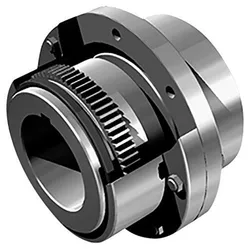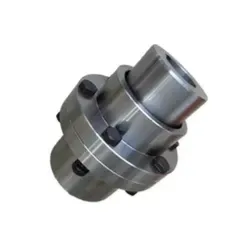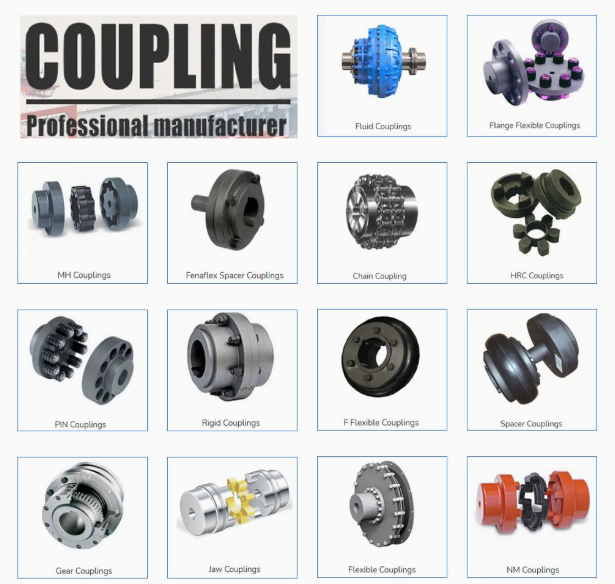Understanding Shaft Coupling Types Choosing the Right Fit with Belon Gear
In modern mechanical systems shaft couplings play a critical role in transmitting torque between rotating shafts while accommodating misalignments, absorbing vibrations, and protecting components from overload. For industries relying on high precision gear systems, such as robotics, automation, and heavy machinery, selecting the right type of coupling is essential to ensure optimal performance and reliability.

At Belon Gear we specialize in providing customized gear solutions, and coupling compatibility is often a key factor in the success of power transmission. Let’s explore the main types of shaft couplings and how they integrate with high performance gear systems.
1. Rigid Couplings
Rigid couplings are the simplest and most economical type. They connect two shafts in perfect alignment and do not accommodate misalignment. These are ideal for applications where shafts are precisely aligned and where high torque needs to be transmitted with minimal backlash a characteristic highly valued in Belon Gear’s precision machined components.
Use Case: Test benches, CNC spindles, and gearboxes where zero flexibility ensures accuracy.
2. Flexible Couplings
Flexible couplings are designed to handle small amounts of misalignment and axial movement. They can absorb shocks and vibrations, making them suitable for systems where shafts may not be perfectly aligned or where some flexibility is needed.
Common subtypes include:
-
Jaw Couplings: Provide vibration damping and are easy to install.
-
Oldham Couplings: Offer good misalignment tolerance with low backlash.
-
Disc Couplings: High torque capacity and precision — ideal for high speed servo systems.
Belon Gear’s high precision helical and bevel gears often pair with disc couplings in servo applications to maintain accuracy under dynamic load conditions.
3. Gear Couplings
Gear couplings consist of two hubs with external teeth and a sleeve with internal teeth. They are highly efficient in transmitting high torque and accommodating angular misalignment. Their robust design makes them suitable for demanding industrial applications.
Use Case: Steel mills, paper machines, and other heavy duty applications using Belon Gear’s hardened gear sets.
4. Universal Joints (U Joints)
Universal joints allow for large angular misalignment between shafts and are often used in automotive and agricultural machinery. Though not technically couplings in the traditional sense, they perform a similar function when rotational flexibility is needed.
When paired with hypoid or spiral bevel gears from Belon Gear, universal joints enable smooth, high angle power transmission in compact assemblies.
5. Magnetic and Fluid Couplings
These are non contact couplings that transmit torque using magnetic fields or fluid dynamics. They are ideal for applications requiring electrical isolation, overload protection, or minimal wear.
Though less common in mechanical gear trains, they can complement Belon Gear’s planetary or custom gear systems in highly specialized equipment like chemical mixers or sensitive instrumentation.
Choosing the Right Coupling with Belon Gear
The right shaft coupling depends on several factors:
-
Torque and speed requirements
-
Shaft misalignment
-
Space constraints
-
Backlash tolerance
-
Environmental conditions

At Belon Gear, we not only deliver precision gears tailored to your needs but also assist in coupling selection and integration. By understanding the interplay between couplings and gears, we help engineers achieve smoother power transmission, longer equipment life, and greater operational efficiency.
Shaft couplings are a small yet crucial component in any mechanical system. With Belon Gear’s technical expertise in gearing solutions and system integration, we ensure that your entire powertrain from gear to coupling operates with precision and reliability. Whether you’re designing a robotic arm or a heavy duty conveyor system, choosing the right coupling starts with the right gear partner.
Post time: Jun-12-2025




